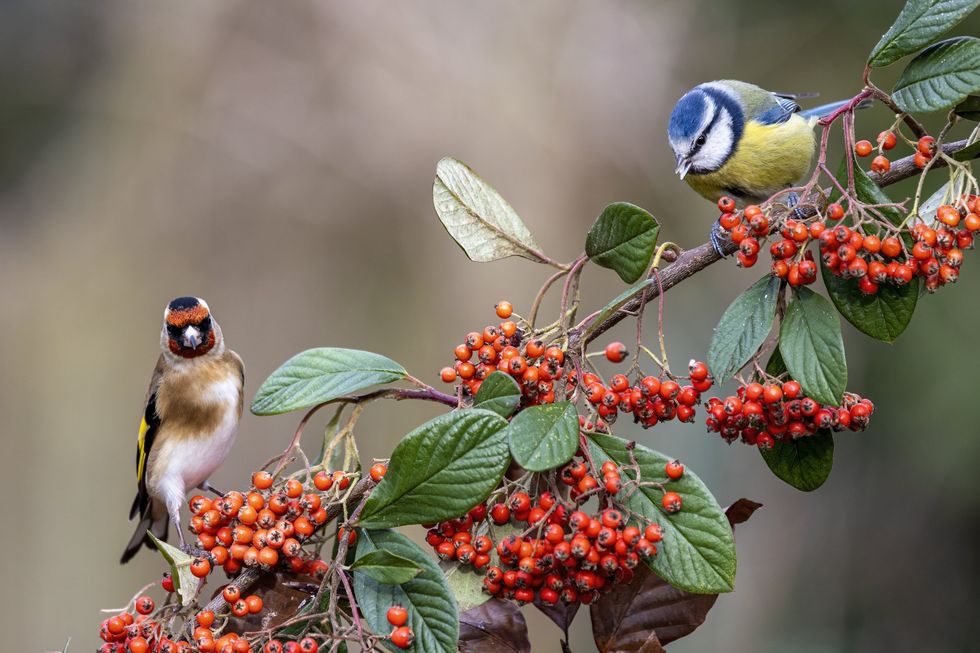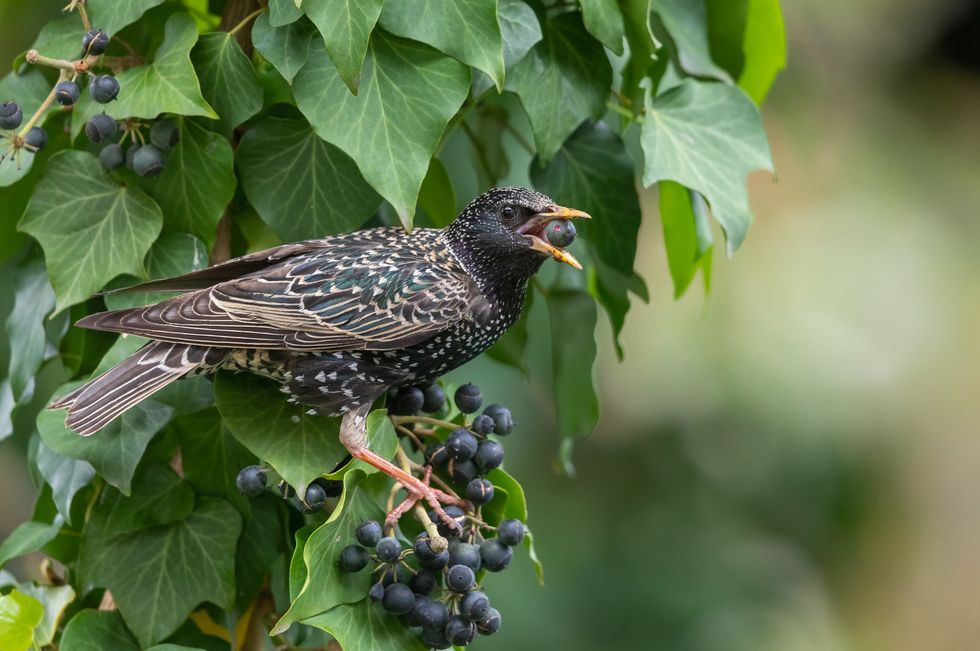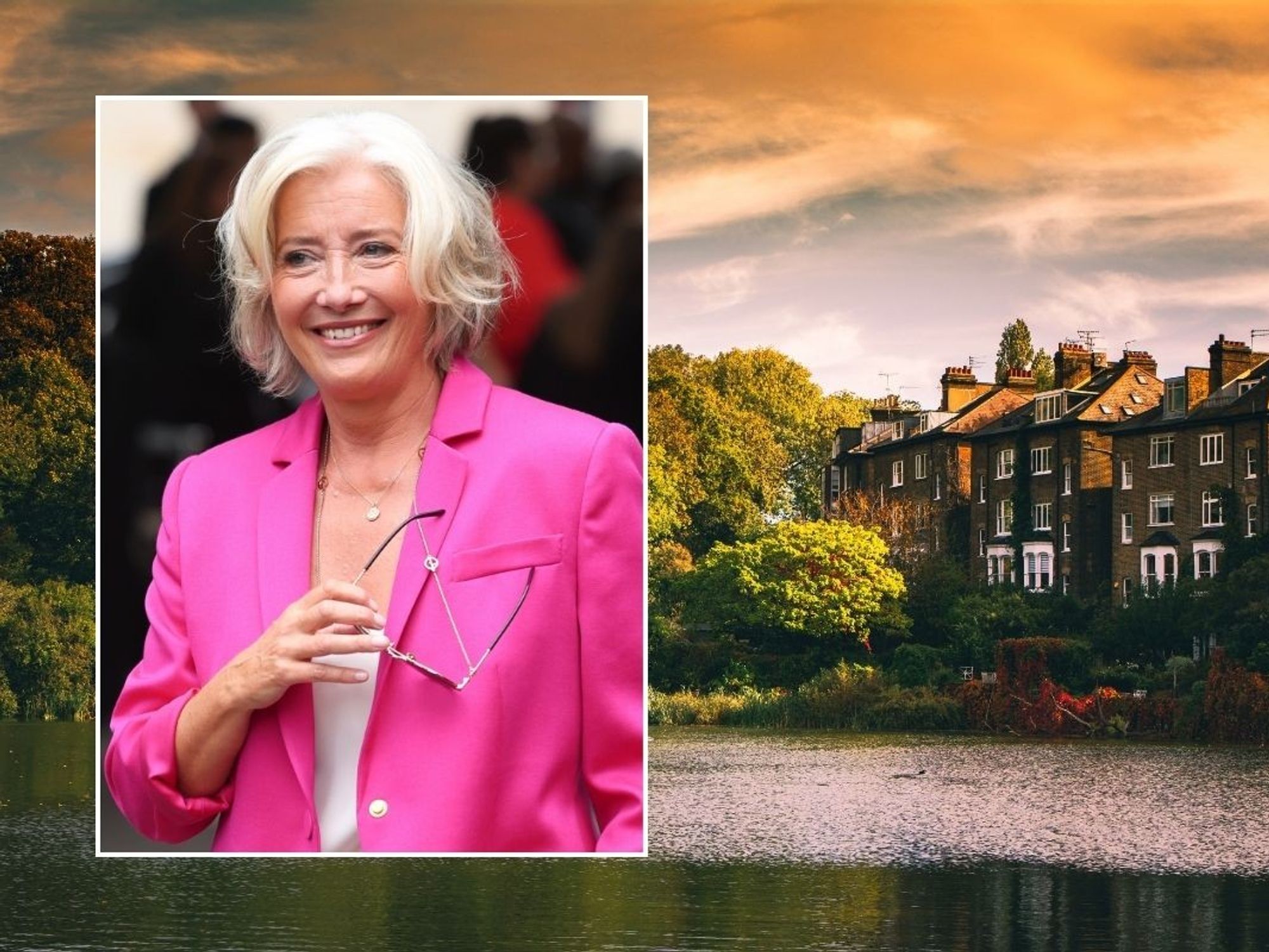Transform your garden into a winter bird haven with 5 'indispensable' plants

Berry-bearing climbers, shrubs, and trees are a 'magnet' for our feathered friends
Don't Miss
Most Read
If you're hoping to welcome more birds to your garden, berry-producing plants may be the perfect solution.
Birds need to build up their energy reserves before winter arrives, and according to an expert, growing berry-bearing climbers, shrubs, and trees is an "almost guaranteed way" to facilitate this.
Adrian Thomas, wildlife gardening guru at the Royal Society for the Protection of Birds (RSPB), revealed that birds particularly favour red berries, though they won't turn their noses up at pink, white, or yellow varieties.
In fact, these "more unusual" colours often hang around until mid-winter, when they become precious food for desperate species like waxwings.
"To see flocks of birds descend on them in a feeding frenzy is always exciting, and if any of the feast lasts until winter, the chance of attracting redwings, fieldfares, or even the rare waxwing is a winter treat for us too," he stated.
Luckily, with some careful planning, it's possible to create a continuous buffet from summer right through spring.
For a "staggered feast" over many months, bird lovers can start with juneberry (Amelanchier lamarckii) and continue through until spring with ivy berries.
Here, the expert named five "indispensable" plants for your very own bird haven. According to Mr Thomas, they are "magnets" for winged creatures.

Grow berry-bearing climbers, shrubs, and trees to 'almost guarantee' a flurry of feathered friends
|GETTY
Ivy
"The berries have a very high fat content. They also ripen sequentially over a long period, right through until spring. You do need to allow ivy to get its 'head into the light' for it to flower well and hence set fruit."
Growing tips
"Ivy is about the easiest plant to grow – it's not fussy about soil (although common ivy does better in alkaline soils) and will grow in sun or shade, quickly covering difficult areas such as dry spots and stabilising the soil. Just don't put it in an area that is permanently waterlogged."
Hawthorn
"The red 'haws' are a staple in the countryside for all the common members of the thrush family – blackbird, song thrush, mistle thrush, redwing, and fieldfare. Peak consumption is from October to December. Their autumn flowers also provide late nectar for insects."
Growing tips
"You can grow it as a specimen tree or a hedge in any garden soil in sun or partial shade. Avoid ground which is permanently waterlogged, which could rot the roots. If you are creating a new hedge, plant bare-root hedging plants between October and February."
LATEST GARDENING TIPS AND TRICKS:

Birds offer fantastic rewards for your hospitality
|GETTY
Holly
"Remember, holly bushes are either male or female, and you'll need a female variety to be sure of winter berries. You may have to plant a male as well for pollination if there isn't one close by. The red berries are again staples for the thrush family, plus wood pigeons."
Growing tips
"Hollies are not fussy about their soil type or situation. All hollies tolerate shade, although variegated varieties do better in the sun. If you have limited space, go for a self-fertile one which doesn't need a mate to produce berries, such as J.C. Van Tol."
Rowan
"As well as the native rowan, many of the other garden varieties and cultivars are excellent for berries, including the pink-berried Sorbus vilmorinii. For the native rowan, peak consumption is in August, ahead of the arrival of the winter-visiting redwings and fieldfares."
Growing tips
"Again, it is not fussy, thriving in sun or partial shade, but try to grow it in moderately fertile, humus-rich soil. Pruning isn't necessary, although you can remove dead branches in winter. While some rowans, such as mountain ash, can grow to around 6m, you can get smaller ones, such as the yellow-berried Joseph Rock, which makes an ideal specimen tree, reaching 4m in 10 years."
Bird cherry
"A native tree of the northern half of the UK, the deep red berries of Prunus padus, which ripen to shiny black, are small, which means that smaller birds such as blackcaps and robins can eat them as well as the thrushes.
Growing tips
"Ideally, plant this deciduous tree in autumn in moderately fertile soil in full sun. It can grow to 15m tall and almost the same in width, so you'll need a big garden, although you can get more compact varieties such as Prunus padus 'Albertii'."
Why should I attract birds to my garden?
Key to a healthy garden ecosystem, birds offer fantastic rewards for your hospitality.
Providing natural pest control, feathered friends are brilliant at munching through aphids, codling moths, whiteflies, scales, ants, caterpillars and earwigs, while starlings and blackbirds tackle slugs too.
They also help by eating weed seeds before they spread everywhere, and they pollinate flowers while enjoying nectar from red, orange and yellow blooms.
Beyond these benefits, birds are beautiful, vibrant creatures that add a pop of colour to any outdoor space.
What's more, a garden full of birds offers an accessible way to connect with nature. Plus, they're fun to watch and photograph.
Our Standards: The GB News Editorial Charter











